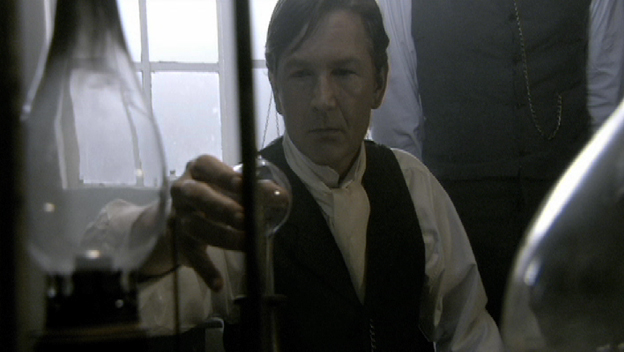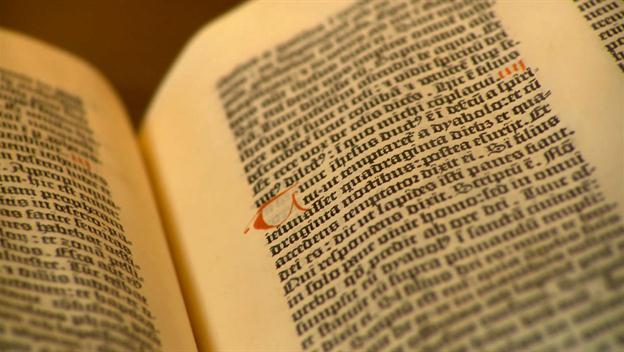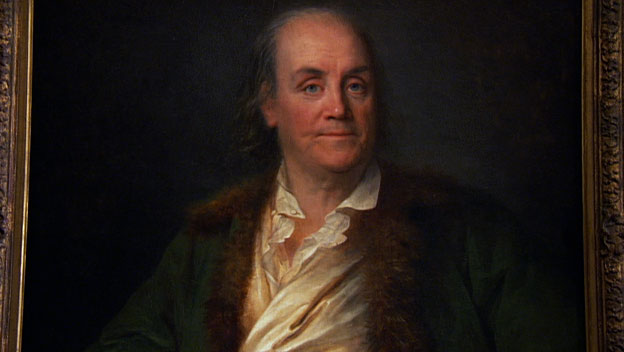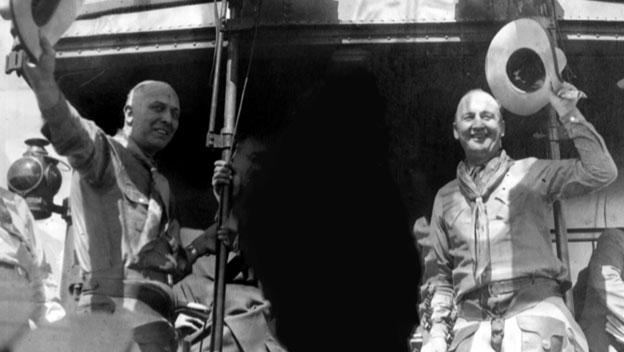GUGLIELMO MARCONI

Italian inventor and engineer Guglielmo Marconi (1874-1937) developed, demonstrated and marketed the first successful long-distance wireless telegraph and in 1901 broadcast the first transatlantic radio signal. His company’s Marconi radios ended the isolation of ocean travel and saved hundreds of lives, including all of the surviving passengers from the sinking Titanic. In 1909 he shared the Nobel Prize in Physics for his radio work.
GUGLIELMO MARCONI’S EARLY YEARS
Guglielmo Marconi was born in 1874 in Bologna, Italy. His father was a wealthy landowner and his mother was a member of Ireland’s Jameson family of distillers. Marconi was educated by tutors and at the Livorno Technical Institute and the University of Bologna.
In 1894 Marconi became fascinated with the discovery by German physicist Heinrich Rudolf Hertz of “invisible waves” generated by electromagnetic interactions. Marconi built his own wave-generating equipment at his family’s estate and was soon sending signals to locations a mile away. After failing to interest the Italian government in his work, Marconi decided to try his luck in London.
GUGLIELMO MARCONI IN ENGLAND
The 22-year-old Marconi and his mother arrived in England in 1896 and quickly found interested backers, including the British Post Office. Within a year Marconi was broadcasting up to 12 miles and had applied for his first patents. A year later, he set up a wireless station on the Isle of Wight that allowed Queen Victoria to send messages to her son Prince Edward aboard the royal yacht.
By 1899 Marconi’s signals had crossed the English Channel. The same year, Marconi traveled to the United States, where he gained publicity offering wireless coverage of the America’s Cup yacht race from off the coast of New Jersey.
GUGLIELMO MARCONI AND THE TRANSATLANTIC “S”
Marconi began to work on improving his wireless for a transatlantic broadcast. Many physicists argued that radio waves traveled in straight lines, making it impossible for signals to be broadcast beyond the horizon, but Marconi believed they would follow the planet’s curvature. (In fact, the waves do travel in straight lines but bounce off the ionosphere, approximating a curve.) After failed attempts to receive a signal from England on Cape Cod, Massachusetts, Marconi decided to try a shorter distance, from Cornwall to Newfoundland.
The radio signal broadcast from Poldhu, Cornwall, was as powerful as Marconi’s team could make it—at full power, the equipment sent out sparks a foot long. Some 2,100 miles away, atop Signal Hill in St. John’s, Marconi attached an antenna first to a balloon, which blew away, and then to a kite on a 500-foot tether. On December 12, 1901, he picked up a faint three-dot sequence—the Morse Code letter “s.”
GUGLIELMO MARCONI, THE NOBEL PRIZE AND TITANIC
In 1909 Marconi shared the Nobel Prize in Physics with the German physicist Karl F. Braun, the inventor of the cathode ray tube. Marconi’s accolades were not without controversy: many other men had claims (some dubious, some not) to the “Father of Radio” title. As early as 1895, the Russian physicist Alexander Popov was broadcasting between buildings, while in India Jagdish Chandra Bose was using radio waves to ring bells and trigger explosions. In 1901 the Serbian-American electrical pioneer Nikola Tesla said he had developed a wireless telegraph in 1893; in 1943 the U.S. Supreme Court invalidated four Marconi radio patents, citing Tesla’s prior work.
As shipping companies realized the radio telegraph’s usefulness for passenger communication, navigation reports and distress signals, Marconi Company radios—operated by trained cadres of “Marconi Men”—became standard equipment. When RMS Titanic struck an iceberg on April 14, 1913, its Marconi operator was able to summon RMS Carpathia to the scene to pick up 700 survivors.
GUGLIELMO MARCONI’S LATER YEARS AND LEGACY
For the next two decades, Marconi continued refining his inventions, experimenting with shortwave broadcasts and testing transmission distances aboard his 700-ton yacht, Elettra. He returned to Italy, became a supporter of Benito Mussolini and annulled his first marriage—to an Irish artist with whom he had four children—to wed an Italian noblewoman. In 1935 he toured Brazil and Europe defending Mussolini’s invasion of Abyssinia. He died two years later of a heart attack in Rome. In his honor, radio stations in America, England and Italy broadcast several minutes of silence.












No comments:
Post a Comment
Please leave a comment-- or suggestions, particularly of topics and places you'd like to see covered